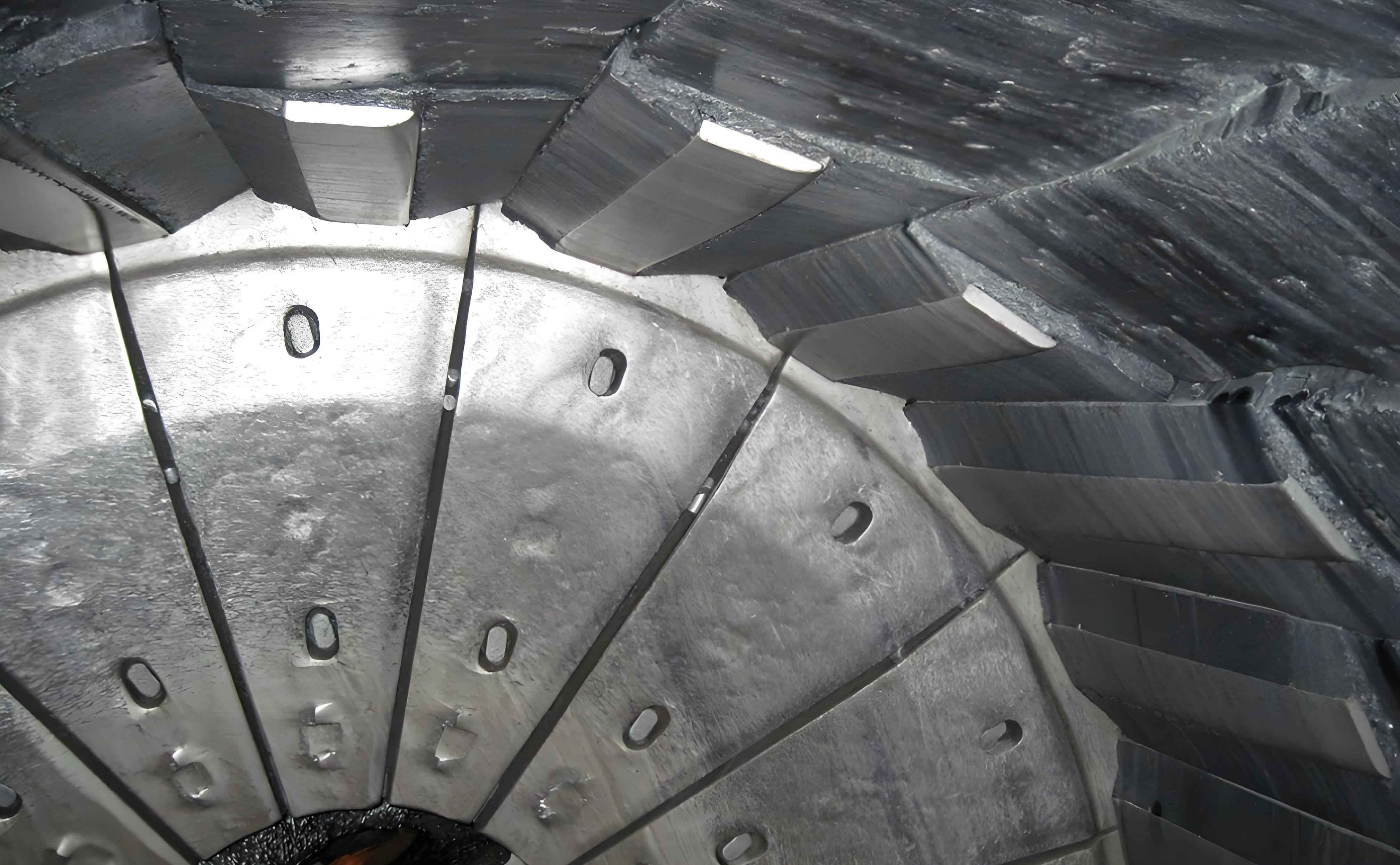1. Introduction
As a critical unit in mineral processing, grinding operations directly influence energy consumption, steel consumption, and product quality. Inefficient grinding not only escalates operational costs but also hinders downstream separation processes. Traditional grinding mills face challenges such as uneven steel ball distribution, excessive energy usage, and suboptimal liberation of valuable minerals. To address these issues, this study proposes a novel approach: optimizing the axial spatial distribution of steel balls by modifying the lining plate structure and combinations. Leveraging the Discrete Element Method (DEM), we systematically investigate how lining plate parameters and rotational speeds affect steel ball dynamics, energy utilization, and grinding efficiency.

2. Literature Review
Grinding efficiency hinges on the spatial distribution and motion patterns of steel balls. Prior studies have focused on isolated factors like ball size, mill speed, or lining plate geometry. For instance:
- Cleary et al. (1998) used DEM to analyze collision energy spectra in mills.
- Rajamani et al. (1996) explored wear behavior of lining plates and ore grinding.
- Xie et al. (2020) optimized semi-autogenous grinding (SAG) parameters using DEM.
However, few studies integrate lining plate design with steel ball distribution. This gap motivates our research, which combines structural modifications of lining plates with multi-segment configurations to achieve selective grinding.
3. Methodology
3.1. Discrete Element Method (DEM) Framework
The DEM model simulates interactions between steel balls, lining plates, and ore particles. Key parameters include:
| Parameter | Value |
|---|---|
| Steel ball density | 7,850 kg/m³ |
| Poisson’s ratio | 0.3 |
| Shear modulus | 10,000 MPa |
| Coefficient of restitution | 0.6 |
| Static friction | 0.4 |
The mill dimensions were set to a diameter of 0.4 m and a total length of 0.8 m, segmented into four 0.2 m sections. Steel balls of 40 mm (large), 30 mm (medium), and 20 mm (small) were mixed in a 1:1:1 mass ratio.
3.2. Experimental Design
Three lining plate geometries (45°, 75°, and 90° lifter face angles) and four combinations (Table 1) were tested under rotational speeds of 55%–95%.
Table 1: Lining Plate Combinations
| Combination | Segment 1 | Segment 2 | Segment 3 | Segment 4 |
|---|---|---|---|---|
| 1 | 75° | 75° | 75° | 75° |
| 2 | 90° | 75° | 45° | 45° |
| 3 | 90° | 75° | 75° | 45° |
| 4 | 75° | 75° | 45° | 45° |
4. Results and Analysis
4.1. Impact of Lining Plate Geometry on Steel Ball Dynamics
The lifter face angle significantly influenced steel ball trajectories. At 90°, balls exhibited cascading motion with high lift heights but low cumulative kinetic energy (14.69 J). Conversely, the 75° lining plate maximized kinetic energy (17.77 J) due to optimal lift-and-drop dynamics.KE=12mv2+mghKE=21mv2+mgh
Where KEKE = kinetic energy, mm = mass, vv = velocity, hh = lift height.
4.2. Axial Segregation Driven by Lining Plate Combinations
The 90°-75°-45°-45° combination achieved optimal axial segregation :
- Large balls (40 mm) concentrated near the feed end (90° segment).
- Small balls (20 mm) migrated toward the discharge end (45° segments).
Table 2: Mass Fraction Distribution (Rotational Speed: 75%)
| Segment | Large Balls (%) | Medium Balls (%) | Small Balls (%) |
|---|---|---|---|
| 1 | 42.3 | 36.2 | 21.5 |
| 2 | 38.1 | 34.8 | 27.1 |
| 3 | 12.7 | 28.9 | 58.4 |
| 4 | 8.9 | 24.1 | 67.0 |
4.3. Effect of Rotational Speed on Power Consumption
Mill power exhibited a non-linear relationship with rotational speed. The optimal range was 65%–85%, balancing energy efficiency and segregation efficacy.P=τ⋅ωP=τ⋅ω
Where PP = power, ττ = torque, ωω = angular velocity.
5. Discussion
- Lining Plate Geometry: The 75° lifter face angle optimized energy transfer by balancing lift height and collision frequency.
- Combination Design: Multi-segment lining plates mimic multi-chamber mills, enabling size-selective grinding.
- Rotational Speed: Excessive speed (>85%) disrupts axial segregation due to centrifugal forces.
6. Conclusion
- Modifying lining plate structures and combinations enhances steel ball axial segregation, reducing energy consumption by 5–8%.
- The 90°-75°-45°-45° configuration achieves superior selective grinding, aligning large balls with coarse ore and small balls with fine ore.
- Optimal rotational speed ranges (65%–85%) ensure stable power consumption and efficient grinding.
This study provides actionable insights for designing energy-efficient mills through intelligent lining plate engineering.
